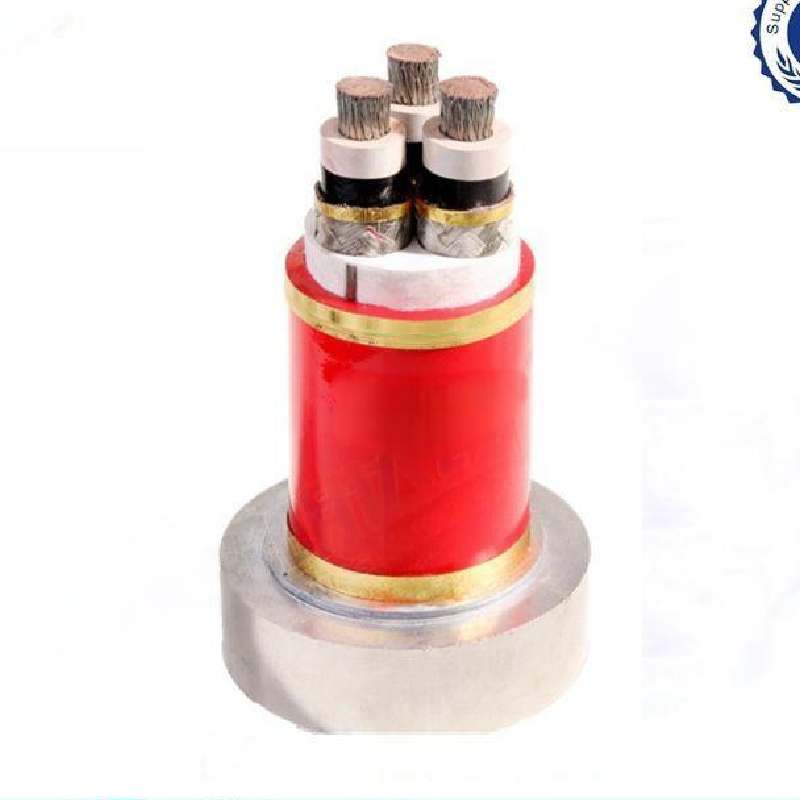10 月 . 16, 2024 04:34 Back to list
flap check valve
Understanding Flap Check Valves An Essential Component for Fluid Dynamics
Flap check valves, also known as one-way valves or backflow preventers, are crucial components in fluid systems. They are designed to allow fluid to flow in one direction while preventing it from flowing backward. This functionality is essential in various applications, including water supply systems, sewage treatment, and industrial processes. Understanding the mechanics, applications, and benefits of flap check valves can enhance their effectiveness in fluid management.
Mechanics of Flap Check Valves
Flap check valves consist of a hinged flap that opens when fluid flows in the intended direction, thereby permitting passage. When the flow reverses, the flap closes due to the weight of the flap and the back pressure of the incoming fluid, effectively sealing off the system. This simple yet effective design ensures that the fluid only moves in a single direction, preventing potential damage from backflow.
The materials used in manufacturing flap check valves can vary, often consisting of metals such as stainless steel, ductile iron, or plastic. Each material has its distinct advantages, with stainless steel being preferred for high-pressure systems due to its corrosion resistance and durability. Conversely, plastic valves may be more suitable for lower pressure applications owing to their lightweight and cost-effectiveness.
Applications of Flap Check Valves
Flap check valves are versatile and find applications across numerous industries. In municipal water systems, they prevent contamination by stopping the backflow of potentially polluted water into clean supply lines. In wastewater systems, they are essential for preventing sewage from flowing back into treatment plants, thus maintaining the integrity and effectiveness of waste management systems.
flap check valve

In industrial settings, these valves play a protective role in pumps and other equipment, ensuring that the process fluid does not flow backward, which could lead to equipment damage or operational inefficiencies. Additionally, flap check valves are utilized in irrigation systems to maintain pressure and ensure a steady flow of water to crops.
Benefits of Using Flap Check Valves
The primary benefit of flap check valves lies in their ability to prevent backflow, which can lead to contamination and equipment failure. This protection ensures system reliability and prolongs the life of pipelines and pumps.
Moreover, flap check valves can contribute to energy efficiency. By reducing the chances of fluid backflow, they help maintain system pressure, thereby minimizing the need for pumps to work harder. This efficiency not only saves energy but also reduces operational costs over time.
Maintenance is another area where flap check valves excel. Their simple design means they typically require minimal upkeep. Regular checks to ensure the flap is operating correctly are often sufficient, making them a low-maintenance solution for fluid systems.
Conclusion
In summary, flap check valves are essential components in various fluid systems, offering effective backflow prevention, protection for equipment, and operational efficiency. Their simple yet reliable design makes them an indispensable part of many industries, ensuring safe and efficient fluid management. Understanding their mechanics, applications, and benefits is fundamental for anyone involved in designing or maintaining fluid systems, as these valves play a crucial role in enhancing system reliability and performance.
Share
-
Understanding the Differences Between Wafer Type Butterfly Valve and Lugged Butterfly ValveNewsOct.25,2024
-
The Efficiency of Wafer Type Butterfly Valve and Lugged Butterfly ValveNewsOct.25,2024
-
The Ultimate Guide to Industrial Swing Check Valve: Performance, Installation, and MaintenanceNewsOct.25,2024
-
Superior Performance with Industrial Swing Check Valve: The Essential Valve for Any SystemNewsOct.25,2024
-
Industrial Swing Check Valve: The Ideal Solution for Flow ControlNewsOct.25,2024
-
You Need to Know About Industrial Swing Check Valve: Functionality, Scope, and PerformanceNewsOct.25,2024